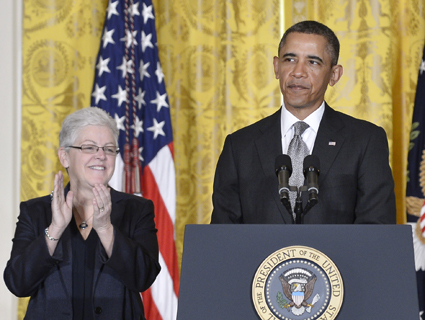
The EPA will pump you up. EPA Office of Inspector General
The Environmental Protection Agency’s Inspector General released a report on Monday on the agency’s Landover, Maryland warehouse. The 70,000-square-foot facility is used to store inventory from the EPA’s Washington headquarters, but what the inspectors found basically sounds like a cross between a frat house and your grandma’s attic.
Here are the six weirdest things discovered in the warehouse:
- multiple “unauthorized personal spaces” that were “arranged so that they were out of sight of security cameras” and included televisions, refrigerators, radios, microwaves, couches, pin ups, clothing, books, magazines and videos
- two pianos
- new appliances received in 2007 still in the original packaging
- dirt, dust and vermin feces were “pervasive,” and several items were described as “rotting and potentially hazardous”
- an exercise space that included weights, machines, and other exercise equipment that, unlike most of the rest of the warehouse, “appeared to be well maintained”; the report also noted that “agency steno pads were used for recording workouts”
- a big box of old passports
(h/t National Journal)











